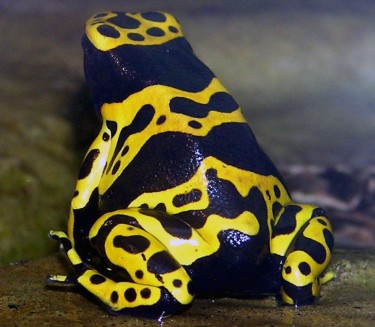
Climate change is perhaps felt most acutely in the Arctic right now, but by the start of the next century, animal species in the Amazon basin region will be harder hit as the Earth warms.
In a study published this week in the journal PLOS ONE, researchers have used new high-performance computing methods and comprehensive data on the distribution of thousands of species to map the threat that climate change poses to birds, mammals and amphibians across the Western Hemisphere. They found that although Arctic areas have experienced the most rapid warming to date, climate-related threats to the Amazon basin’s biodiversity will eclipse those in other regions by the year 2100.
The researchers, including co-author and associate professor of Environmental and Forest Sciences Joshua Lawler, used high-performance computers to search for and categorize millions of images, approaches similar to those used in facial or fingerprint recognition software. This allowed them to sift through millions of pixels representing future climate at different locations to find locations that matched each site’s current climate fingerprint.
Researchers could then estimate the actual distance and speed it would take for an animal to disperse across the landscape to stay within its climate tolerances and survive in the face of climate change.
Read more at UW Today »
